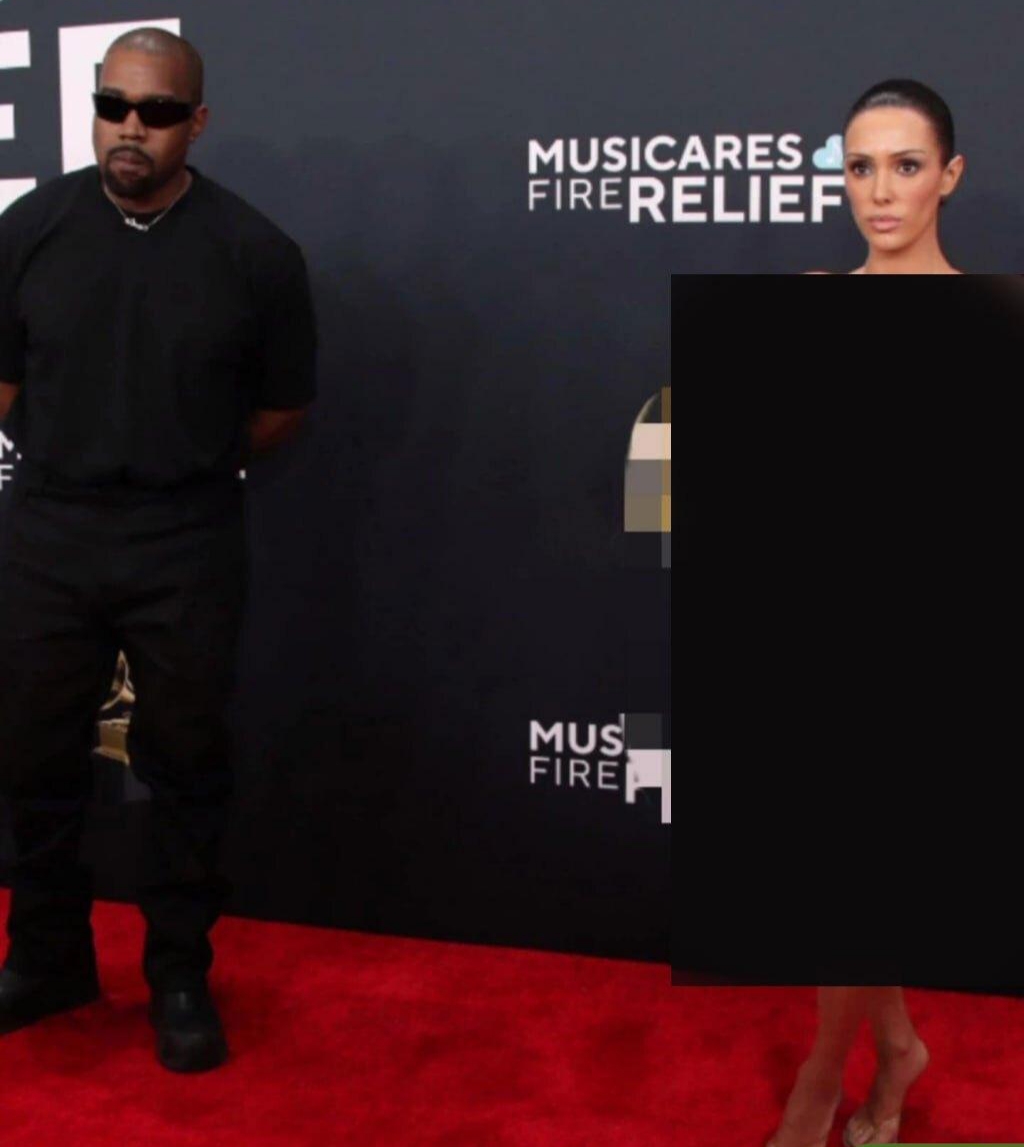In today’s world, the public space and media are deeply influenced by social networks and visual media, and these influences affect not only communication methods but also societal values and norms. Actions such as the one carried out by Kanye West and Bianca Censori at the 2025 Grammy Awards can be considered a social harm and an invasion of the audience’s privacy, as well as an exploitation of femininity.
In this event, Bianca Censori exposed her body to the public without prior notice or the consent of the audience. This behavior can not only invade the privacy of viewers who do not wish to see such images, but it can also cause problems for families and others watching the event in public spaces or at home. Many people may feel that content they do not want to see is being imposed on them. Such displays can easily challenge ethical and cultural boundaries and lead to the institutionalization of a culture that contradicts respect for privacy and individual boundaries.
These types of displays can also contribute to the promotion of the objectification of women. In this phenomenon, a woman’s body is not seen as an independent individual with rights, but rather as a tool for attention or branding. In this context, the woman’s body is repeatedly displayed, which can send negative messages about the position of women in society and lead to a devaluation of their humanity and rights. In such situations, women become more like objects for attracting attention and fulfilling others’ desires, which can have detrimental effects on their self-esteem and self-perception.

Furthermore, in a society where traditional attitudes towards the display of the body and ethics still exist, such displays can exacerbate social divides. Especially in societies that respect privacy and human dignity, such actions can provoke negative reactions and social protests. On the other hand, similar displays might indirectly encourage the normalization of nudity and sexuality in public spaces, which can lead to the promotion of cultures and behaviors that negatively impact both individual and social identities.
Ultimately, these types of displays can reinforce a culture of exploiting femininity. When women’s bodies are constantly displayed in media and public spaces, negative messages about their true position in society are conveyed to the audience. These displays turn the woman’s body into a tool for attention and commercial purposes, disregarding not only her rights and dignity but also normalizing the exploitation of femininity and turning it into a consumable commodity. This process not only leads to the devaluation of women’s humanity, but it also threatens their self-esteem and self-image, having long-term negative effects on society.
Author: Faeze Aghamohammady


